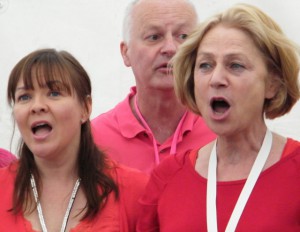Changing demographics
Across Scotland, changing demographics are recognised with an increased healthier, ageing population projected. In addition it is suggested that there will be more people living alone with greater life expectancy. The number of people aged 75 and over is projected to increase by 82% between 2010 and 2035. The number of people pensionable age is to rise by 26%. In the same 25 year period, the number of people aged between 60 and 74 is projected to increase by 27%. In 2010, 23% of the population was aged 60 and over, by 2035 this figure is likely to increase by 30%.
In Scotland, the figures show an increase of 59% of people aged between 75 and 84 with dementia and a rise of 157% in people aged over 85 expected to have dementia. This presents a challenging picture which clearly demonstrates the need to change the way housing and support is delivered to ensure that peoples varying needs are met as they move into old age.
Key actions for Aberdeenshire Council for older people include:
Ensuring there is sufficient diversity in all new build housing, all sizes and tenures to meet the changing needs of Aberdeenshire residents, ensuring a minimum of 15% of new affordable homes developed meet identified need requirements per year.
Continuing to review ways to best maximise existing housing stock across all tenures, through the provision of equipment and adaptations in order to reduce the number of households with an unmet particular need by 2,310; 1,550 in the private sector and 760 in the public sector per year.
Identifying current and future housing support needs and harmonise housing support services across Aberdeenshire.






